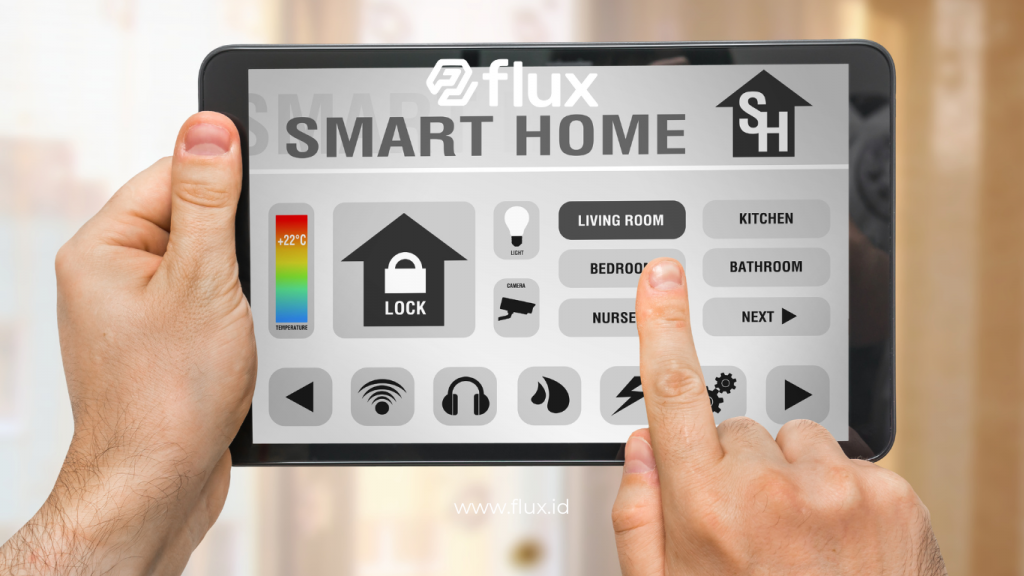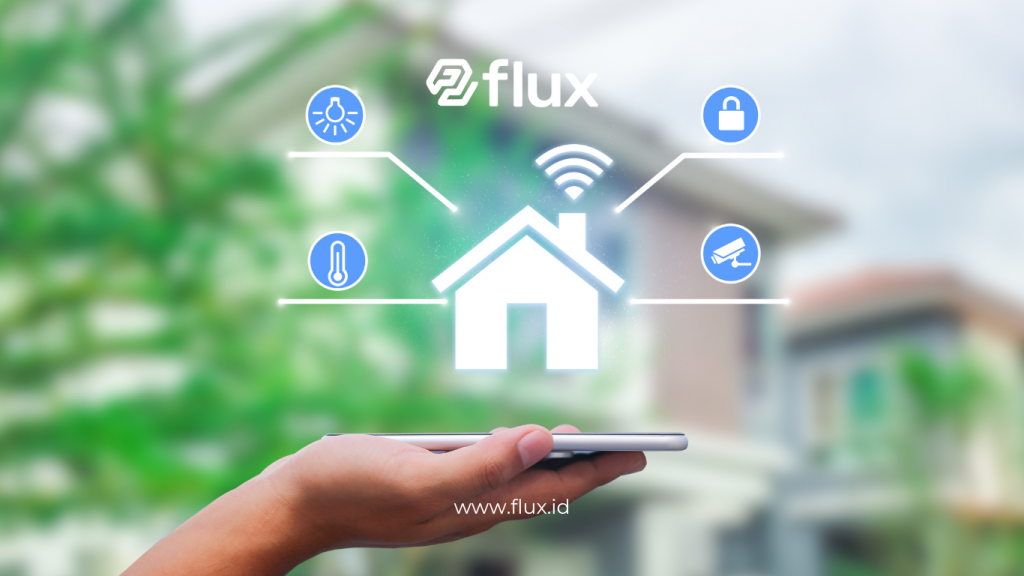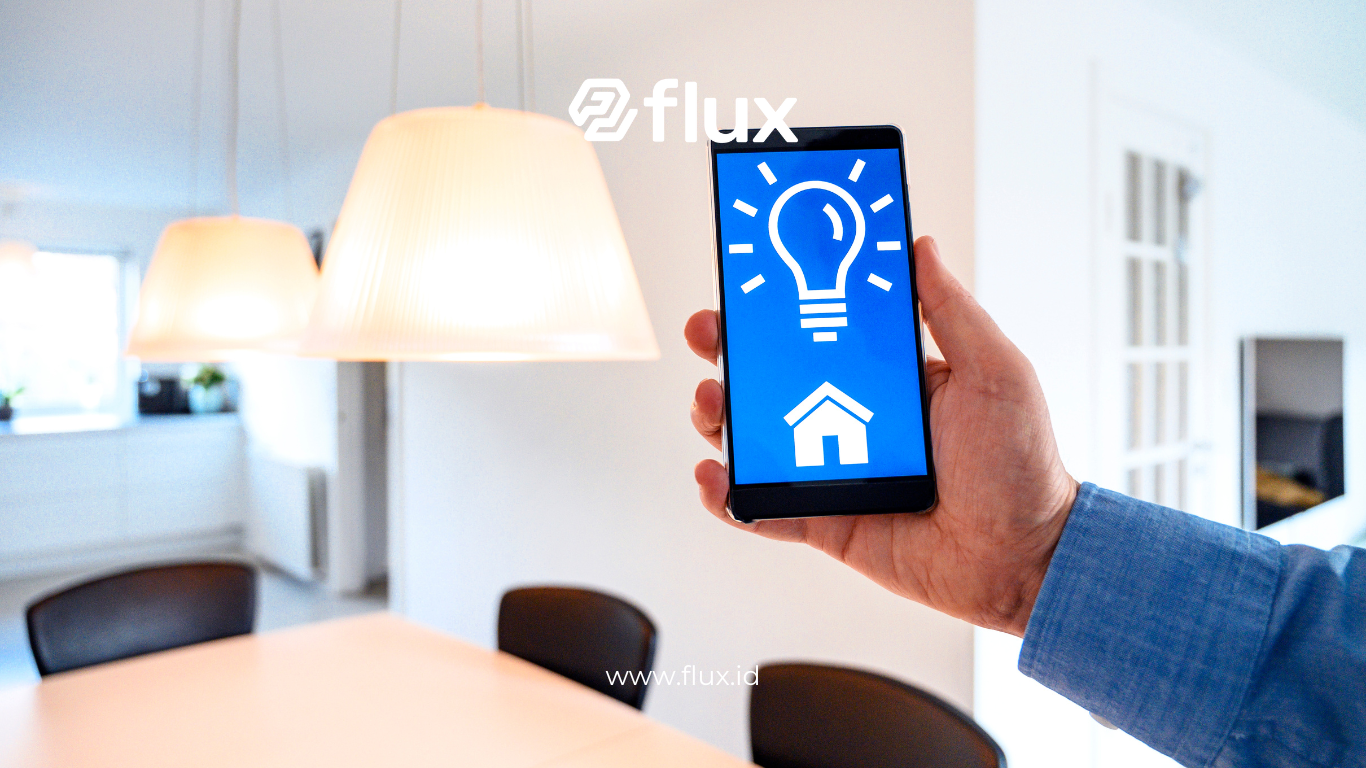Don't miss our holiday offer - 20% OFF!
The popularity of smart homes has grown significantly, driven by advancements in the Internet of Things (IoT). A smart home offers comfort, efficiency, and security like never before. For beginners, understanding the concept of a smart home may feel overwhelming. This article discusses what a smart home is, the technology behind it, and its benefits in daily life.
Contents
What is a Smart Home?

Read More: Bringing the Future to Your Home: The Advantages of IoT in Smart Homes
A smart home is a residence equipped with smart devices that are connected to the internet and can be controlled remotely via smartphones or voice assistants. These devices include lights, thermostats, door locks, security cameras, and more.
The main technology behind a smart home is the Internet of Things (IoT). With IoT, devices can communicate with each other and exchange data in real time, enabling automation and remote control.
Key Components of a Smart Home
- Smart Devices: Thermostats, smart lights, smart locks, and security cameras.
- Apps and Platforms: Smartphone apps and virtual assistants like Google Assistant, Amazon Alexa, or Apple HomeKit.
- Connectivity: Wi-Fi, Bluetooth, or IoT network protocols like Zigbee and Z-Wave.
Benefits of a Smart Home

Read More: Entering the Digital Era with IoT-Based Smart Homes
1. Convenience and Ease of Use
- Remote Control: Control home devices from anywhere using a smartphone app.
- Automation: Create automated routines, such as lights turning on at sunset or thermostats adjusting the temperature when you arrive home.
2. Security and Surveillance
- Security Cameras and Motion Sensors: Monitor your home in real-time through connected security cameras.
- Smart Door Locks: Lock and unlock doors remotely, and receive notifications of suspicious activities.
3. Energy Efficiency
- Energy Management: Smart lights and thermostats can be set to optimize energy use, reducing electricity consumption.
- Energy Usage Monitoring: Track your energy consumption via an app and reduce wastage.
4. Enhanced Entertainment
- Multi-Room Audio Systems: Listen to music in every room with connected audio systems.
- Smart TVs and Streaming: Control your TV and streaming devices with voice commands or apps.
Technology Behind Smart Homes
1. Internet of Things (IoT)
IoT enables devices in your home to connect and communicate with each other. Using protocols like Zigbee and Z-Wave, devices can share real-time data.
2. Artificial Intelligence (AI) and Machine Learning (ML)
AI allows smart home devices to “learn” from your habits. For instance, a smart thermostat can adjust home temperatures based on your daily patterns.
3. Voice Assistants
Virtual assistants like Alexa, Google Assistant, and Siri enable device control through voice commands, making the smart home experience more intuitive and user-friendly.
How to Start Your Smart Home Journey

Read More: IoT and Privacy in Smart Homes: What You Need to Know
1. Identify Your Needs
Select smart home devices based on your needs. If security is a priority, focus on security cameras and smart locks.
2. Choose an Ecosystem
Choose a platform like Google Home, Amazon Alexa, or Apple HomeKit. Ensure your smart devices are compatible with your chosen platform.
3. Start with Basic Devices
For beginners, start with simple devices like smart lights or smart plugs before investing in more complex systems.
4. Use Control Apps
Download the control app and follow the setup instructions for your devices. Make sure the devices are connected to your home Wi-Fi.
5. Create Automations and Routines
Use the automation features in the control app to set up daily routines, such as automatically turning off lights when you leave the house.
Challenges and Risks of Smart Homes
1. Data Security and Privacy
- Hacking of smart home devices can result in personal data breaches.
- Use two-factor authentication and regularly update your device software.
2. Device Compatibility
- Not all smart devices are compatible with every ecosystem.
- Ensure device compatibility with your chosen platform.
3. Initial Cost
- Buying smart devices requires an initial investment.
- Start small with basic devices and expand your system gradually.
Conclusion
A smart home is a modern solution that offers convenience, efficiency, and security through IoT technology. With smart devices like thermostats, security cameras, and voice assistants, you can automate many aspects of daily life. Although there are challenges like data security and device compatibility, the benefits of a smart home far outweigh the risks. With this guide, you can begin your journey toward a more efficient and connected smart home experience.





